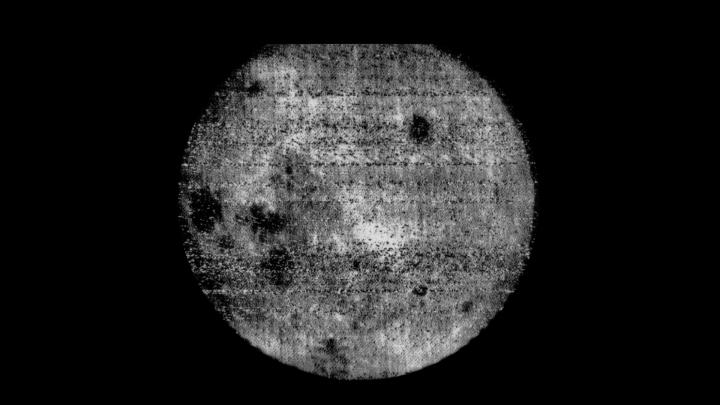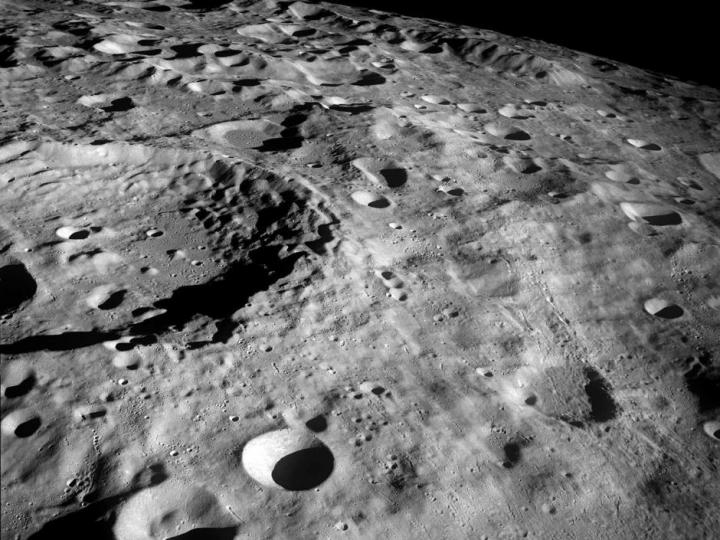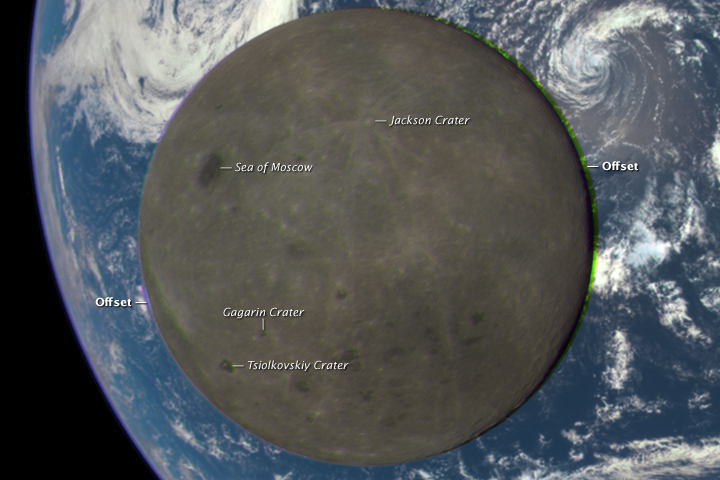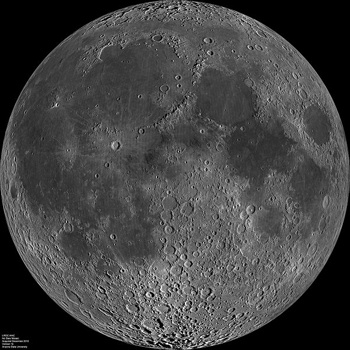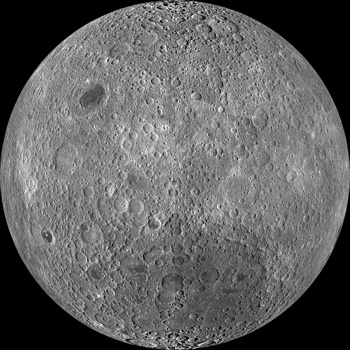
Near Side of the Moon on the left and Far Side of the Moon on the right.
The same side of the Moon always faces Earth. So what's on the far side?
ADVERTISEMENT
Pink Floyd was well aware that there really is no dark side of the moon. If you listen carefully to the closing notes of the entire album you can here Roger Waters muttering that there really is no dark side of the moon. Fun Fact
The dark side might have meant the hidden or secret side.
It's still a great album.
The daily OFA calendar carries the second full moon of this August as the Blue Moon but the Garden Calendar says it's the RED MOON as well. Any reason for this..?
Hi, Tom, The right-hand pages of The Old Farmer's Almanac and our other products list Native American or colonial names for the full Moon. It is our style to list an alternate name for the second full Moon in a month if one occurs. In this case, the Full Red Moon, which is an Algonquin name. The name Full Red Moon can look like a mistake when considering the term "Blue Moon," which is commonly defined as the second full Moon in a month, such as occurs this August. We could have labeled the full Moon on August 31 a Blue Moon, but this would not have been a Native American or colonial name, and we wanted to be consistent. (In future, we will keep this in mind as we select an alternate name!) --Your OFA editors
Ok I'm really lost now... Is this month a waxing or waning moon??? Someone please help.... Thanks I really enjoy this site always something to read and the books you can't put down....Cormac
cmccarthy47@cox.net
Hi Cormac, Thanks for commenting! The Moon goes through one whole cycle in about 30 days or so. Most months will have one Full moon, but some have two on occasion. Today is the Full Sturgeon Moon. Until it reaches Full, it is waxing (in other words, the portion of the Moon that you see is becoming larger.) After the Full moon, it is waning. Hope that helps! You can check out our Moon phase calendar page for more information, and a visual: http://www.almanac.com/moon/calendar/NH/Peterborough/2010-05
There are 2 full moons in December (2 and 31). Are each known as the Full Cold Moon? Is there a special name associated with the second full moon of a month?
A Blue Moon is the second full Moon in a month with two full Moons. A Blue Moon will occur on average every two or three years. In December, we tend to call the first full Moon the "Full Cold Moon" and the second Moon the "Full Long Nights Moon," also a name used by Native American tribes. These names, and some variations, were used by the Algonquin tribes from New England to Lake Superior.
Are there names for the two upcoming full moons on August 31, 2012 and July 31, 2015?

